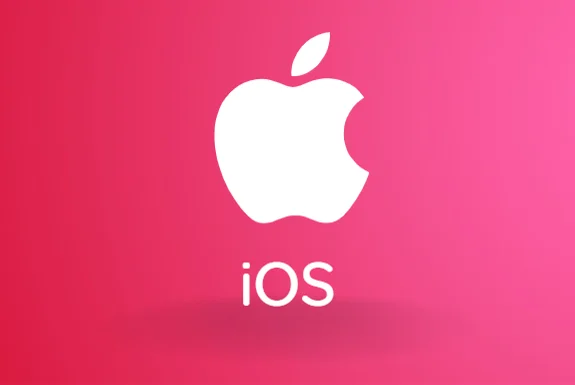Mobile app development involves creating software applications that run on mobile devices, such as smartphones and tablets. The development stack refers to the combination of technologies, frameworks, and tools used to build a mobile application. Here's an introduction to the key components of a typical mobile app development stack, focusing on native and cross-platform approaches:
Native App Development Stack:
1. iOS (Swift/Objective-C) Development Stack:
Swift/Objective-C: Programming languages used for iOS app development.
Xcode: Integrated Development Environment (IDE) for building, testing, and deploying iOS apps.
UIKit: Framework for building the user interface.
Core Data: Framework for data storage and management.
Cocoa Touch: Provides essential tools and frameworks for iOS development.
2. Android (Java/Kotlin) Development Stack:
Java/Kotlin: Programming languages used for Android app development.
Android Studio: Official IDE for building Android apps.
XML: Used for designing the user interface.
Android SDK: Collection of tools and libraries for Android development.
SQLite: Database engine for local data storage.
Advantages of Native Development:
Performance: Optimized performance since apps are built specifically for each platform.
Access to Features: Full access to device-specific features and APIs.
Better User Experience: Native look and feel on each platform.
Cross-Platform App Development Stack:
1. React Native:
JavaScript/TypeScript: Used for writing code.
React Native CLI/Expo: Development tools.
Redux: State management library.
React Navigation: Navigation library for React Native apps.
2. Flutter:
Dart: Programming language used for Flutter.
Flutter SDK: Framework for building natively compiled applications.
Widget-based UI Toolkit: Allows for expressive and flexible UI.
Common Components Across Both Stacks:
1. APIs (Application Programming Interfaces):
Interaction with external services and data sources.
2. Backend as a Service (BaaS) or Mobile Backend:
Cloud-based services providing features like authentication, database, and push notifications.
3. Version Control Systems:
Git for source code management.
4. Continuous Integration/Continuous Deployment (CI/CD) Tools:
Automate the build, test, and deployment processes.
5. App Analytics and Monitoring Tools:
Gather insights into app performance and user behavior.
Advantages of Mobile App Development Stack:
1. Native Development:
Performance: Native apps usually offer the best performance as they are optimized for the specific platform's hardware and software.
Access to Device Features: Native development provides direct access to platform-specific features and APIs.
User Experience: Native apps can provide a seamless and consistent user experience, adhering to platform guidelines.
2. Cross-Platform Development:
Code Reusability: Cross-platform frameworks enable developers to reuse a significant portion of the codebase across different platforms, saving time and effort.
Faster Development: Developing for multiple platforms simultaneously can speed up the development process.
Single Codebase: Maintaining a single codebase for both iOS and Android simplifies updates and bug fixes.
3. Hybrid Development:
Web Technologies: Hybrid apps leverage web technologies, making them accessible to developers familiar with HTML, CSS, and JavaScript.
Cost-Effective: Building a single codebase for multiple platforms can be more cost-effective than developing separate native apps.
Rapid Prototyping: Hybrid development allows for quick prototyping and testing across platforms.
Real Project-Based Learning With JustAcademy
The best way to learn a skill is by applying what you learn in real scenarios. At JustAcademy, we take it a notch higher by giving you actual work experience-based learning. So, instead of just watching tutorials or attending lecture you actually experience building real products like professional engineers.









